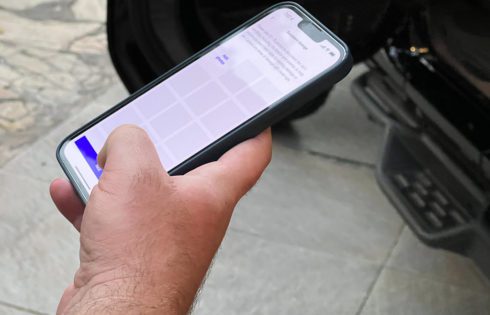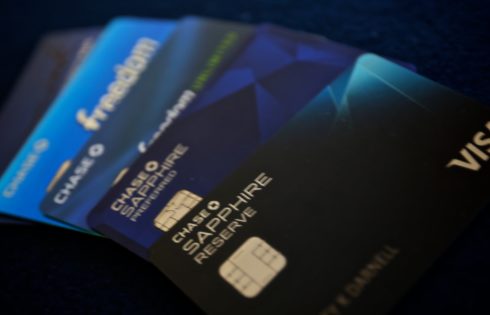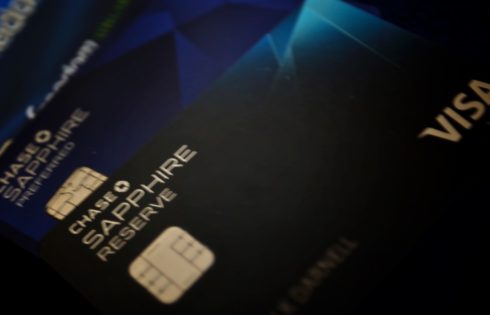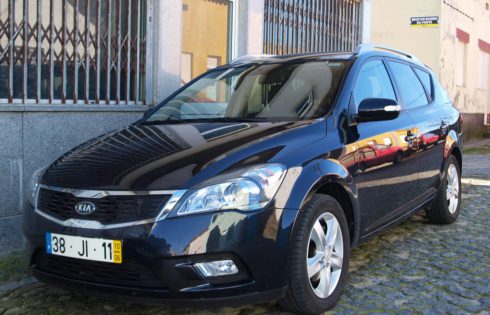
Do Chase Sapphire Credit Cards Cover Turo Car Rentals? [2022]
Turo is turning out to be one of the most convenient and (sometimes) cost efficient ways to go about renting a car when traveling. For those of us who often

Turo is turning out to be one of the most convenient and (sometimes) cost efficient ways to go about renting a car when traveling. For those of us who often

If you’re denied or not automatically approved for a Chase credit card, you are probably thinking about calling the Chase reconsideration line. But before you ever give them a call,

The Chase Sapphire Preferred is once again one of the hottest travel rewards credit cards. This is due in large part to the industry-leading welcome bonus that was recently increased

More and more credit cards are now offering special credits. The trick with these credits is knowing how to use them and ensuring that you don’t forget to use them

Knowing how to navigate credit card application rules is extremely important for optimizing your credit card rewards. If you don’t know what you’re doing or you simply are not aware

Offers contained within this article maybe expired. The new Amex Gold Card and the Chase Sapphire Preferred are two of the most highly sought after travel rewards credit cards. For

The Chase Sapphire Preferred rental car insurance comes in the form of a collision damage waiver (CDW), which provides reimbursement for damage due to collision or theft up to the

Two of the most popular credit cards issued by Chase are the Chase Ink Cash and the Chase Sapphire Preferred. These cards have some similarities in that they both offer a lot of

The Chase Sapphire Preferred is one of the flagship credit cards offered by Chase. The card has a lot going for it including a great welcome bonus, decent bonus categories,

The Chase Sapphire Preferred card is a great travel rewards credit card with a low annual fee of $95. It comes with bonus earning of 2X on dining and travel
| Cookie | Duration | Description |
|---|---|---|
| cookielawinfo-checkbox-analytics | 11 months | This cookie is set by GDPR Cookie Consent plugin. The cookie is used to store the user consent for the cookies in the category "Analytics". |
| cookielawinfo-checkbox-functional | 11 months | The cookie is set by GDPR cookie consent to record the user consent for the cookies in the category "Functional". |
| cookielawinfo-checkbox-necessary | 11 months | This cookie is set by GDPR Cookie Consent plugin. The cookies is used to store the user consent for the cookies in the category "Necessary". |
| cookielawinfo-checkbox-others | 11 months | This cookie is set by GDPR Cookie Consent plugin. The cookie is used to store the user consent for the cookies in the category "Other. |
| cookielawinfo-checkbox-performance | 11 months | This cookie is set by GDPR Cookie Consent plugin. The cookie is used to store the user consent for the cookies in the category "Performance". |
| viewed_cookie_policy | 11 months | The cookie is set by the GDPR Cookie Consent plugin and is used to store whether or not user has consented to the use of cookies. It does not store any personal data. |
